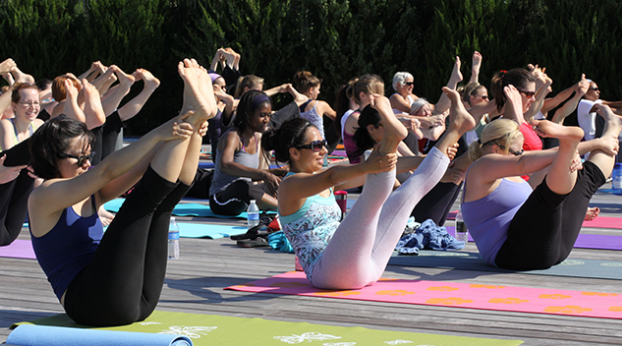Study Shows Americans Spending Billions on Alternative Medical Cares
Over the years, non-traditional medical cares have gained increasing popularity all across the world. This can be seen from the sheer increase in the number of chiropractic wellness center, yoga centers and herbal shops in every city. People have become more conscious regarding the side-effects of traditional medicines, and careful about what chemical they are letting inside their body. Thus, natural remedies and physical treatments have now become the safer approach as a treatment for many.
Medicines are generally made through trial-and-errors, with side-effects that might not be detectable for years after use. People have become more health conscious over the years, and many do not want to take that risk. Advancement in the fields of chiropractic care, herbal remedies and yoga exercies have also seen some great results, and a first pick for many across the world. In the U.S. alone, people are spending more than $30 billion on these alternate cares. Read more below:
Americans spend more than $30 billion on alternative medicine, NIH-backed study finds

Dubbed “complementary healthcare” by the National Center for Complementary and Integrative Health and the Centers for Disease Control and Prevention Complementary, spending for these practices represents 9.2 percent of all out-of-pocket spending by Americans on healthcare, and 1.1 percent of total healthcare spending.
The findings come from an analysis by the CDC and the NCCIH, which is part of the National Institutes of Health. They were based on data from a special supplement on the use of complementary health approaches to the 2012 National Health Interview Survey, which is conducted annually by the CDC’s National Center for Health Statistics.
Broken down by the type of complementary approach, the data showed that Americans spent $14.7 billion out-of-pocket on visits to practitioners such as chiropractors, acupuncturists and massage therapists. That’s almost 30 percent of what they spent out-of-pocket on services by conventional physicians. They spent more on visits to complementary practitioners than on natural product supplements or self-care purchases, and the mean annual out-of-pocket expenditure for practitioner visits was $433.
When it came to natural product supplements, Americans doled out $12.8 billion out-of-pocket, about one-quarter of what they spent on prescription drugs. The mean annual out-of-pocket expenditure in this category was about $368.
Purchases related to self-care approaches — like self-help books or CDs related to complementary health topics — came in at $2.7 billion, and the mean annual out-of-pocket expenditure per user was $257.
As family income went up, out-of-pocket spending on complementary approaches went up significantly. The average per user out-of-pocket expenditure for complementary health approaches was $435 for people with family incomes of less than $25,000, and $590 for those with family incomes of $100,000 or more. Out-of-pocket expenditures for visits to complementary practitioners averaged $314 for people with family incomes of less than $25,000 and $518 for those with family incomes of $100,000 or more.
To conclude, though many people might be skeptical regarding the effectiveness of alternative cares, others are surely finding it logical, especially people who have tried and failed with medicines. There are many success and advancement stories out there that point towards the popularity of alternative cares, however we might have wait a few more years to give more concrete results.



